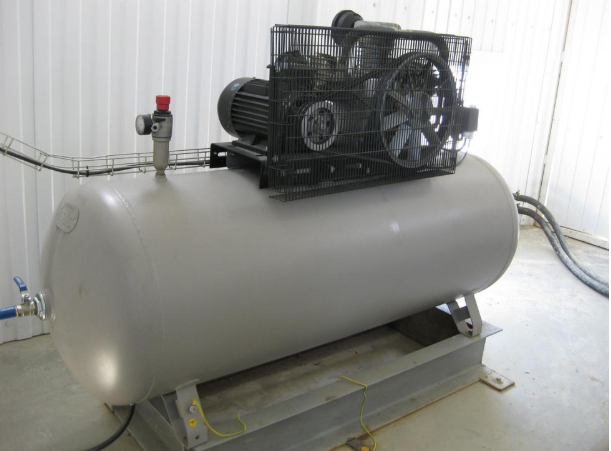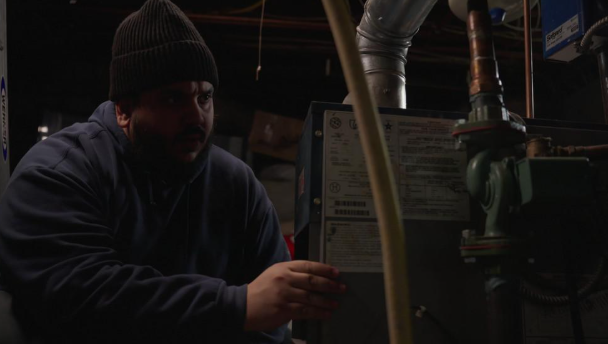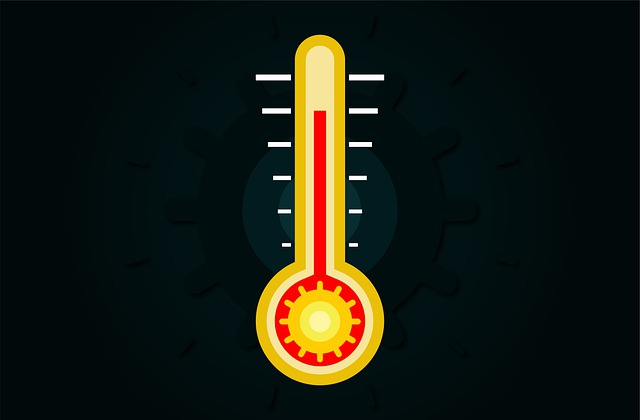Proper septic tank maintenance is crucial for the longevity and health of your home’s waste management system. Many homeowners overlook this essential part of home maintenance, not fully understanding the potential consequences of neglect. Taking the time to learn about septic tank maintenance can prevent costly repairs and ensure that your system operates efficiently for years to come. In this article, we delve into three important aspects of septic tank care that every homeowner should be aware of.
Septic Tank Capacity
Septic tanks come in various sizes, but most of them have a standard capacity that meets the average household’s needs. It’s important to know that a typical septic tank can hold around 1,000 gallons of waste, providing adequate space for waste to decompose and for effluent to flow out to the drain field. This capacity is usually sufficient for a home with up to four bedrooms and an average family size.
Having an appropriately sized septic tank is vital, as it ensures the system functions efficiently without overloading. When a tank becomes overloaded, it can cause waste to back up into the home or leaks to occur in the surrounding area, leading to environmental damage and costly repairs. Homeowners should consult with a professional to determine the best tank size based on their household’s needs.
Moreover, maintaining the balance between the amount of waste entering the septic tank’s capacity can prevent problems like clogs and backups. Regular checks and maintenance can help guarantee that the tank remains at an optimal capacity, ensuring smooth operation. Understanding your tank’s capacity is an essential part of septic system stewardship and contributes to the overall health of your home.
Septic Systems in America
Many might be surprised to learn just how common septic systems are across the United States. According to various sources, including This Old House, about 25% of American homes rely on these systems for wastewater management. This prevalence indicates that millions of homeowners face similar maintenance responsibilities.
Septic systems are particularly common in rural areas where centralized sewage systems are not available. As urban sprawl continues and more homes are built in remote locations, the number of septic systems continues to grow. For these homeowners, understanding and adhering to proper maintenance practices is vital for avoiding problems that can arise from neglect.
Furthermore, new homeowners transitioning from a city environment to rural living may find themselves unfamiliar with septic system upkeep. This lack of familiarity can lead to unintentional maintenance issues. Therefore, being informed about the unique challenges of septic systems compared to municipal sewage is important for these homeowners.
Regular Pumping
Regular septic tank pumping is a cornerstone of system maintenance. Experts, including the Environmental Protection Agency, recommend pumping the tank every 3 to 5 years, depending on usage and household size. This schedule helps to prevent the buildup of solids that can cause system failure.
Without regular pumping, solids can accumulate to the point where they block the discharge of liquids, leading to backups and potentially damaging the system. Homeowners should keep accurate records of maintenance to ensure they adhere to an appropriate pumping schedule. Ignoring this fundamental aspect of maintenance can shorten the lifespan of the septic system and cause a substantial financial burden.
Additionally, regular pumping can offer insights into the health of the entire system, as professionals often inspect the tank and surrounding area during service. These inspections can alert homeowners to potential issues before they escalate. Ensuring that your septic tank is pumped regularly is a proactive step towards maintaining a healthy home environment.
Understanding septic tank maintenance is essential for any homeowner with this type of wastewater system. Ensuring that the tank is the right size, acknowledging the widespread use of septic systems, and adhering to regular pumping schedules can save homeowners time and money. By staying informed and proactive, you can protect your home’s value and your family’s safety, securing a well-functioning system for years to come.









